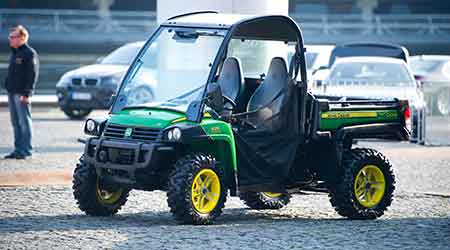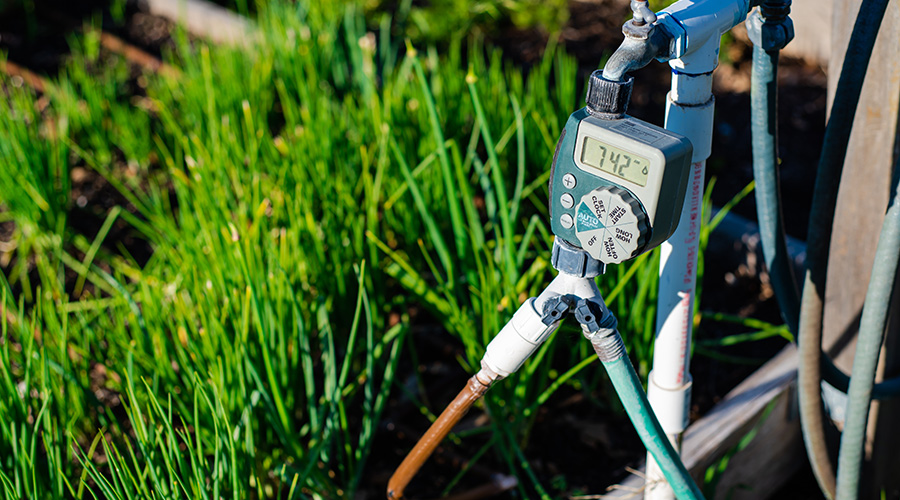Utility Vehicles: Repair or Replace?
Effective specification requires that grounds managers understand department needs and equipment options.
Utility vehicles offer greater versatility, durability and power than ever before, in order to meet the growing demands of grounds departments. Crews are looking for tools and technology that help them carry out their daily activities related to hauling materials and people, mowing turf areas, and removing snow from paved surfaces. As a result of equipment evolution, grounds managers with institutional and commercial facilities face a more complicated decision in specifying reliable, cost-effective vehicles for their departments’ needs.
Weighing the options
Managers facing a decision on whether to get rid of an existing utility vehicle, repair it or move on to a newer model must assess an array of issues. One of the first steps in determining whether repairing or replacing a vehicle is the most appropriate decision is to determine whether workers are using the existing vehicle fully. If they use the vehicle only infrequently, it might be more cost-effective to eliminate it from the equipment inventory.
Other options, such as renting, could prove more economical. Comparing the cost of repairs based on vehicle use with the cost of renting or leasing a comparable vehicle can give managers an accurate assessment of the most cost-effective option. Rebuilding the vehicle is another option managers can consider, provided the cost is one-half of purchasing a new one and doing so adds two-thirds to three-quarters of the life of a new vehicle to the rebuilt unit.
If a manager determines that crews use a vehicle enough to warrant repair or replacement, the next step is to consider additional factors, such as the cost of repair, lost productivity due to downtime, and the potential implications of future repairs.
Knowing department needs
If a manager decides it is time to replace a utility vehicle, the next step is to answer a set of key questions in order to make an informed decision.
What are the department’s equipment needs? Understand specific vehicle requirements, daily crews activities, and budgets in order to select a vehicle that addresses these needs and increases efficiency. Key elements in this step are the size of the landscape and its topography.
What are the range demands? Managers must make sure a particular piece of equipment will be able to service the entire area for which the department is responsible.
What is the climate? Managers need to understand the type of weather the location experiences because this can determine power and durability needs and affect the vehicle’s performance life.
How much durability is required? Managers need to review the vehicle’s durability, including the type of warranty the manufacturer provides. These items can influence the type of investment the department is making.
What are the fuel considerations? The type of fuel a utility vehicle requires indicates its probable durability and maintenance. Gasoline-powered vehicles still dominate the utility vehicle market, but alternative fuels have gained momentum as a growing number of managers have begun to embrace green initiatives. Green products are more environmentally friendly, and they can increase the efficiency of utility vehicles and extend their performance lives. Three popular alternative fuel sources — electricity, propane, and bio-diesel fuel — can contribute to a lower risk for mechanical malfunctions. As a result, managers tend to have fewer concerns about performance and maintenance of the vehicles.
Related Topics:


















